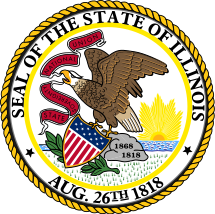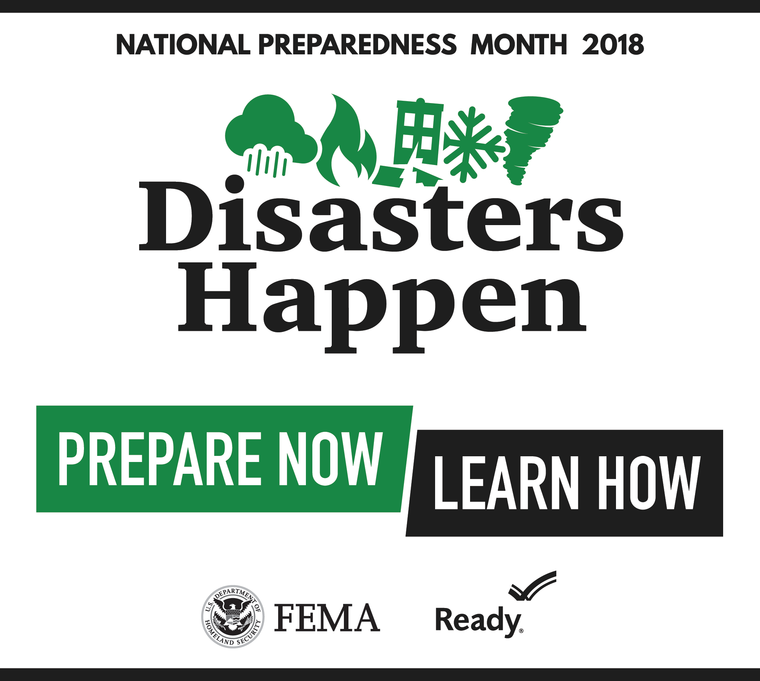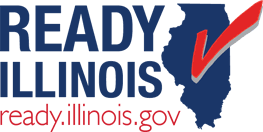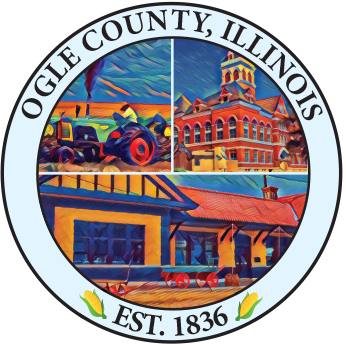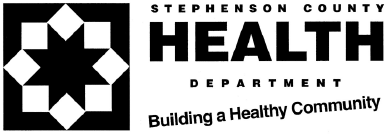About FHN's Emergency Preparedness Team
The FHN Emergency Preparedness Team works regularly with such agencies as the Freeport Fire Department; Freeport Police Department; Stephenson County Health Department; Stephenson County Sherriff's Department; Stephenson County Emergency Management Agency; Stephenson County Local Emergency Planning Committee (LEPC); area fire and ambulance services; and the Illinois Department of Public Health.
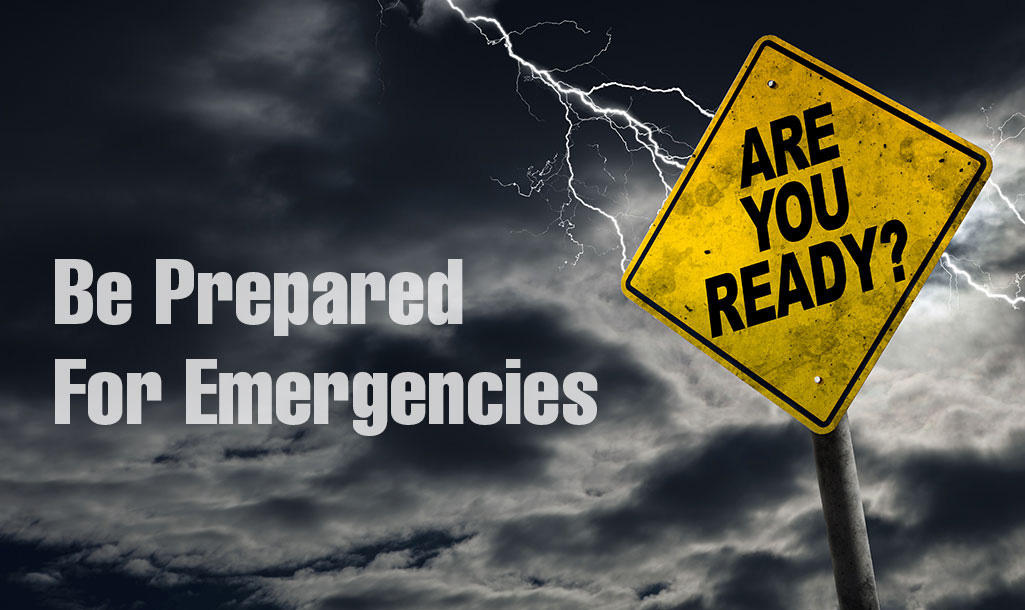
For example, one of our collaborations is a Premise Alert Program, which gathers important information from residents with special needs, to share with first responders who may be called to assist in case of emergency.
FHN also prepares and shares emergency preparedness information with all members of Illinois Emergency Medical Services Region Planning Area 1, which is made up of 17 area hospitals, spanning most of northwest Illinois. Part of this collaboration of agencies is being able to share resources from these area hospitals and organizations in the event of a disaster.
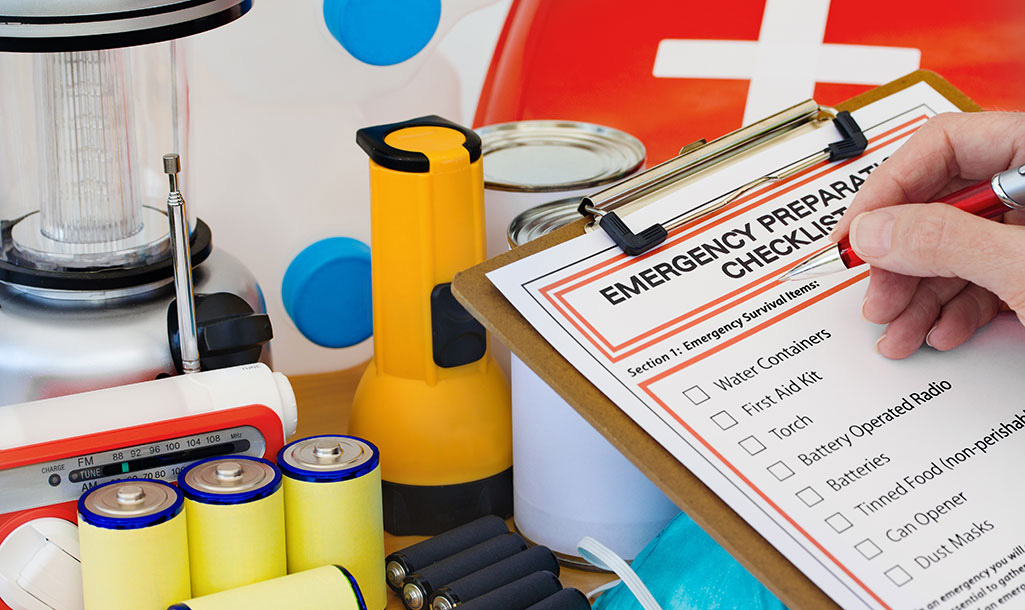
Another part of being prepared is regularly exercising FHN's Emergency Operations Plan by simulating various emergencies that are most likely to occur both internally and externally.
Some preparedness efforts include training staff for various situations such as a massive influx of patients, isolation of a single patient with a highly infectious disease, chemical decontamination, radiological decontamination, and facility evacuation. FHN has on-site equipment to decontaminate and treat up to 50 ambulatory patients per hour. The equipment includes items such as chemical protection respirators, personal protective suits, and portable showers designed for decontamination.
Equipment is also on-site to convert some meeting rooms into ward-style treatment areas, which would increase hospital bed capacity by 20 percent. FHN also has equipment to set up temporary treatment centers or temporary care centers off-site in the event the hospital structure is damaged or the increase in patients requires additional facilities be converted to accommodate patient care.
For more information on FHN's Emergency Management Program, contact FHN Emergency Preparedness Coordinator Doug Toepfer at 815-599-6973 or dtoepfer@fhn.org.
Listen to Doug Toepfer discuss Emergency Preparedness on the Dial-a-Doc radio show.
Freeport Community Connect
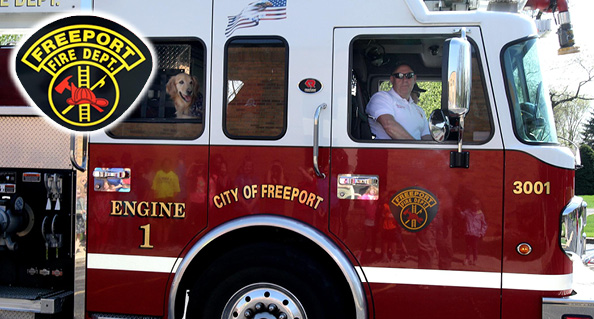
Building a safer community through prevention, preparedness and response.
Create your profile today!
Learn How to Assemble a First Aid Kit
ANATOMY OF A FIRST AID KIT
A well-stocked first aid kit is a handy thing to have. To be prepared for emergencies:
- Keep a first aid kit in your home and in your car
- Carry a first aid kit with you or know where you can find one
- Find out the location of first aid kits where you work
First aid kits come in many shapes and sizes. You can purchase one from the Red Cross Store or your local American Red Cross chapter. Your local drug store may sell them. You can also make your own. Some kits are designed for specific activities, such as hiking, camping, or boating.
Whether you buy a first aid kit or put one together, make sure it has all the items you may need:
- Include any personal items such as medications and emergency phone numbers or other items your health-care provider may suggest
- Check the kit regularly
- Make sure the flashlight batteries work (Flashlights available on the Red Cross Store)
- Check expiration dates and replace any used or out-of-date contents
The Red Cross recommends that all first aid kits for a family of four include the following:
- 2 absorbent compress dressings (5 x 9 inches)
- 25 adhesive bandages (assorted sizes)
- 1 adhesive cloth tape (10 yards x 1 inch)
- 5 antibiotic ointment packets (approximately 1 gram)
- 5 antiseptic wipe packets
- 2 packets of aspirin (81 mg each)
- 1 blanket (space blanket) [Available on the Red Cross Store]
- 1 breathing barrier (with one-way valve)
- 1 instant cold compress
- 2 pair of nonlatex gloves (size: large)
- 2 hydrocortisone ointment packets (approximately 1 gram each)
- Scissors
- 1 roller bandage (3 inches wide)
- 1 roller bandage (4 inches wide)
- 5 sterile gauze pads (3 x 3 inches) [Available on the Red Cross Store]
- 5 sterile gauze pads (4 x 4 inches)
- Oral thermometer (non-mercury/nonglass)
- 2 triangular bandages
- Tweezers
- First aid instruction booklet [Available on the Red Cross Store]





